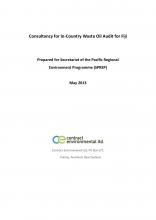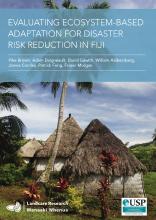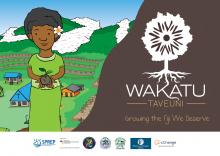Evaluating Ecosystem-Based Adaptation For Disaster Risk Reduction In Fiji

BRB
Available Online
Pike Brown ? Adam Daigneault ? David Gawith ? William Aalbersberg ? James Comley ? Patrick Fong ? Fraser Morgan
Natural disasters such as hurricanes, cyclones, and tropical depressions cause average annual direct losses of US$284 million in the Pacific. With a combined population of fewer than 10 million people, annual losses are the highest in the world on a per-capita basis. Extreme weather events such as heavy rainfall are closely linked to climate change, suggesting that Pacific Island nations face increasing risk of disasters such as flooding and landslides. Proactive management through infrastructure development, social solutions, and/or ecosystem-based adaptation can mitigate these risks. However, there are a paucity of data pertaining to the costs, effectiveness, and feasibility of most management options. In the wake of two major flood events and a cyclone occurring between January and December 2012, we conducted a state-of-the-science assessment of disaster risk reduction for flooding in the Ba and Penang River catchments in Viti Levu, Fiji to identify the most cost-effective management options for communities and households (Figure E1). The analysis accounted for the biophysical and socioeconomic impacts of flooding, the costs, benefits, and feasibility of management, and the potential impacts of climate change.






